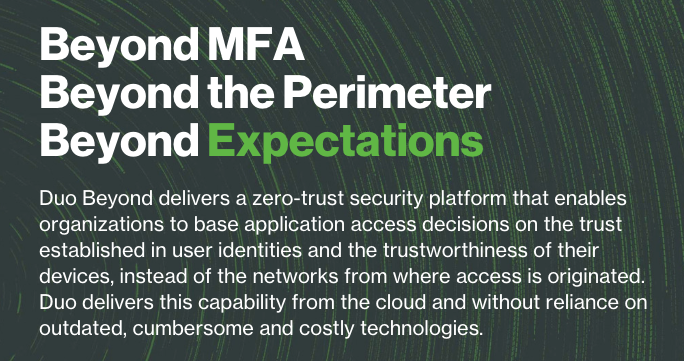
Zero trust approach
Traditional security approaches assume that anything (devices, users, infrastructure, etc.) inside the corporate network can be trusted. The reality is that this assumption no longer holds true.
Now more than ever, employees and users have more control over the applications they use. Data and applications are no longer behind the firewall, and users can connect directly to work applications over the internet using personal owned devices.
Zero trust applies anywhere an access decision is made. Zero trust can be summed up as “never trust; always verify.”
Zero trust addresses this deperimeterization by:
-
Ensure only the right users and secure devices can access applications.
-
Secure all connections within your apps, across multi-cloud.
-
Secure all user and device connections across your network, including IoT.
A core tenant of zero trust is that security is not a one-size-fits-all proposition, even within the same organization. Zero trust applies anywhere an access decision is made. When approaching security design using the zero trust model, it’s easiest to break adoption down into three pillars:
-
Workforce
Ensure only the right users and secure devices can access applications.
-
Workload
Secure all connections within your apps, across multi-cloud.
-
Workplace
Secure all user and device connections across your network, including IoT.
The massive demand to support remote work and adopt cloud environments amplifies the need for security in the workforce, so that’s where many organizations begin their adoption of a zero trust security.


